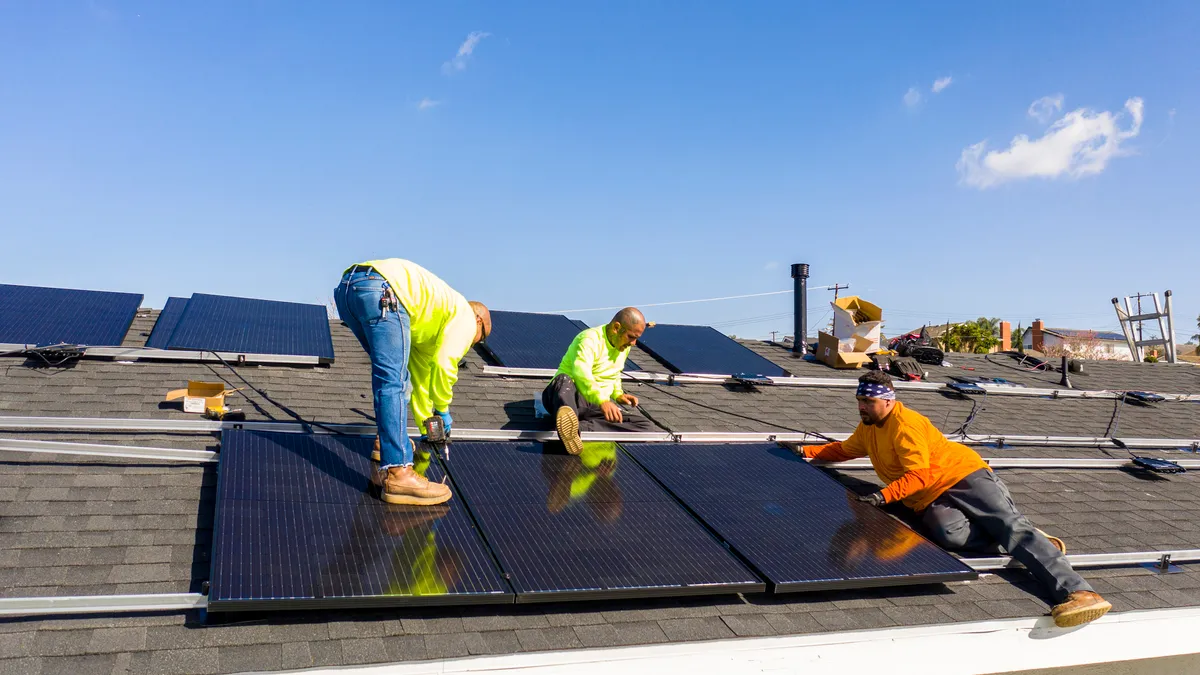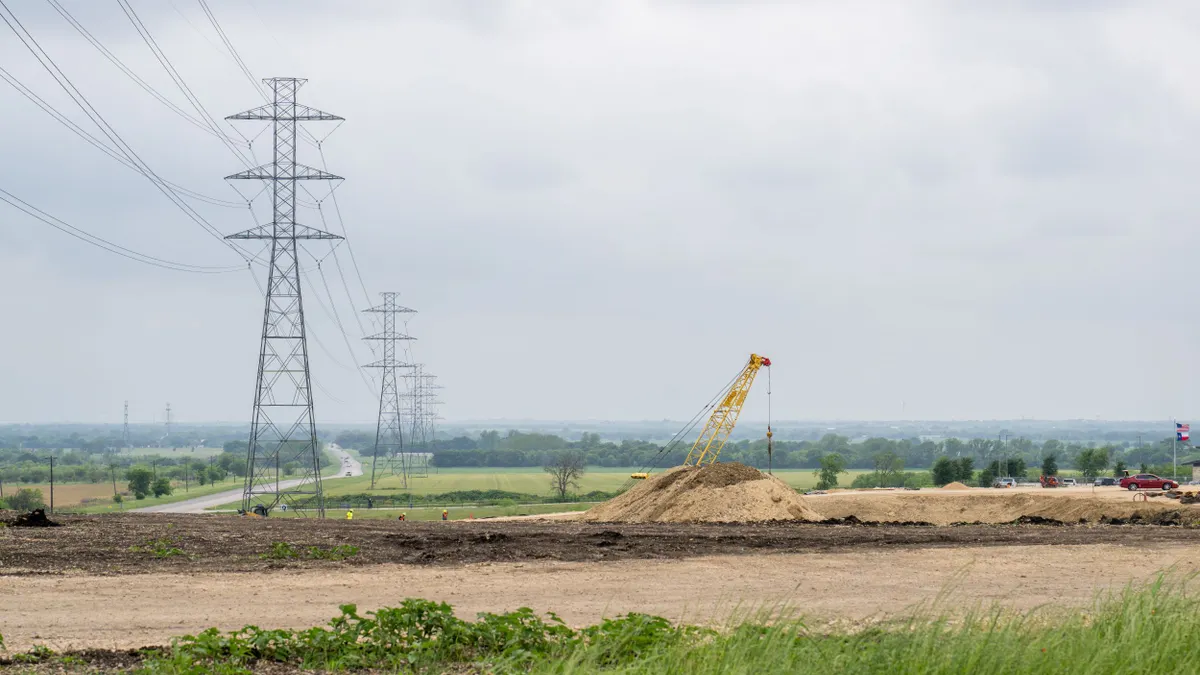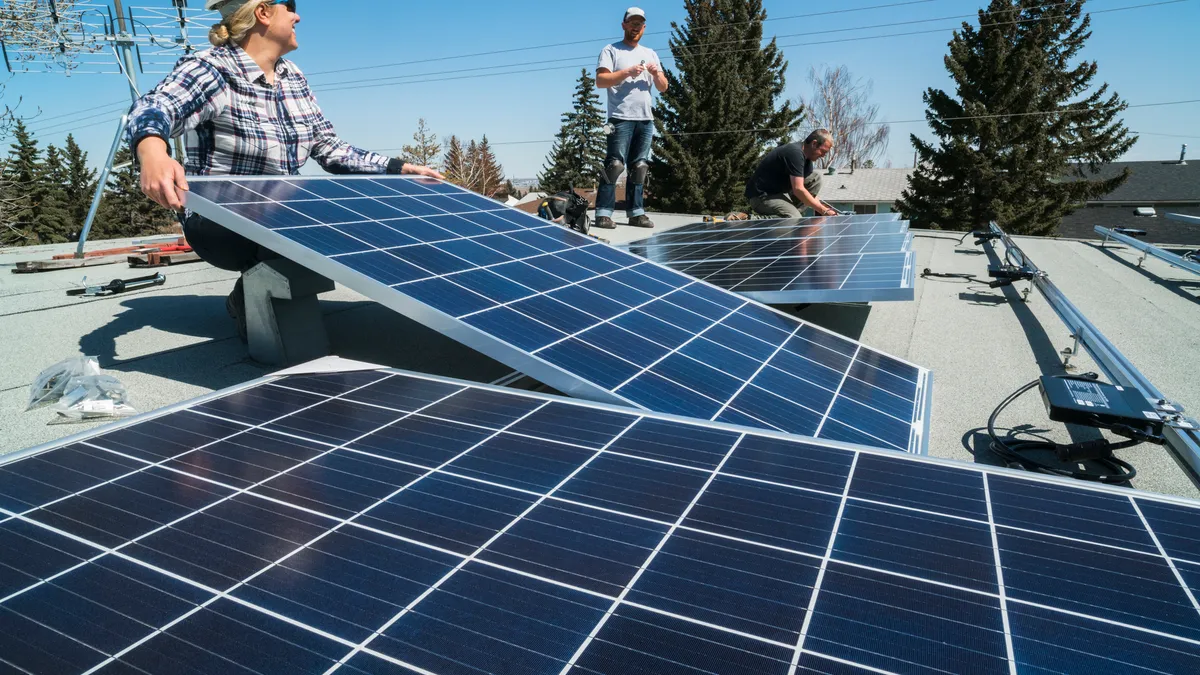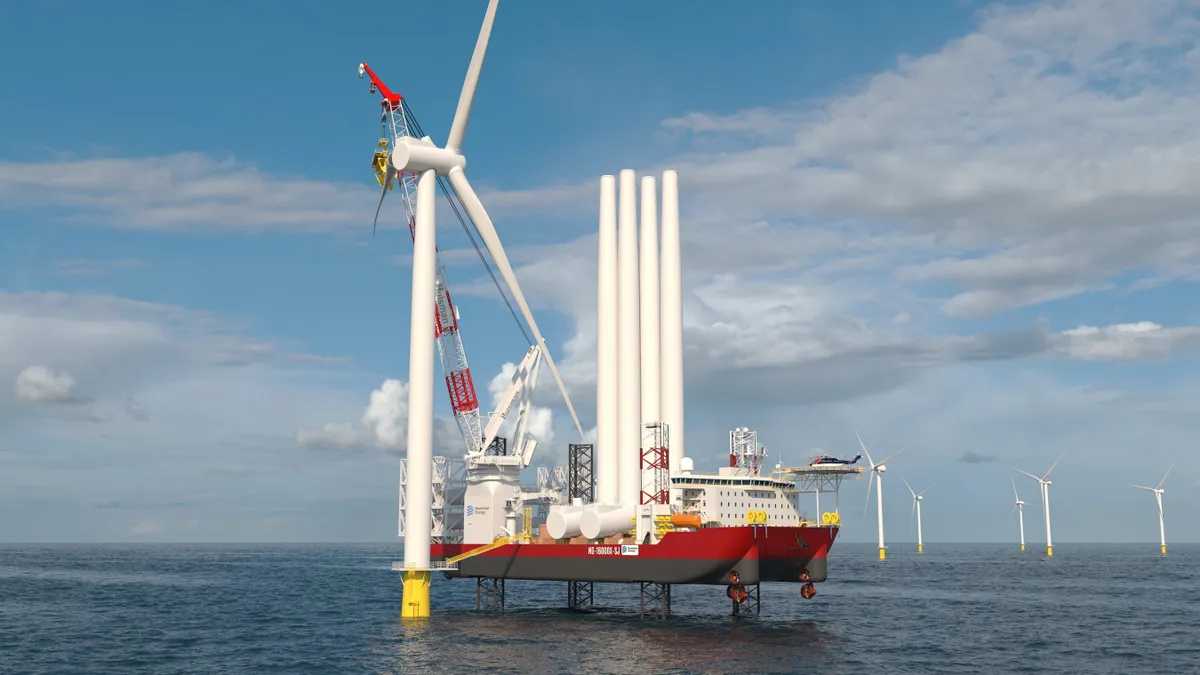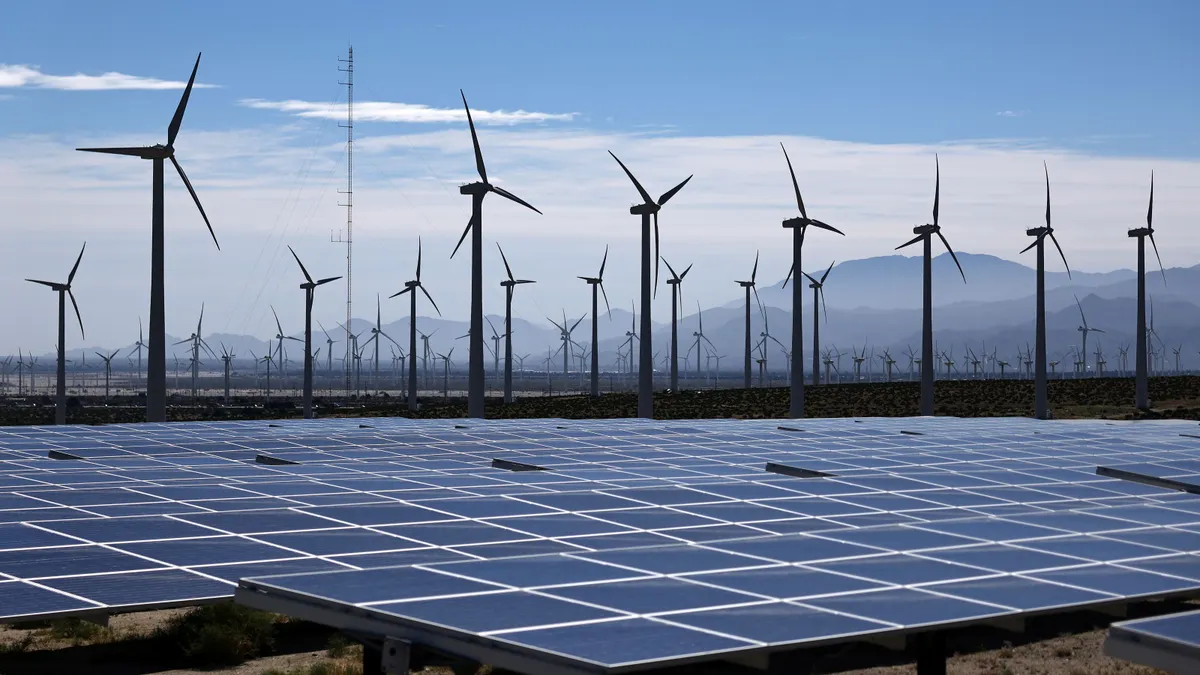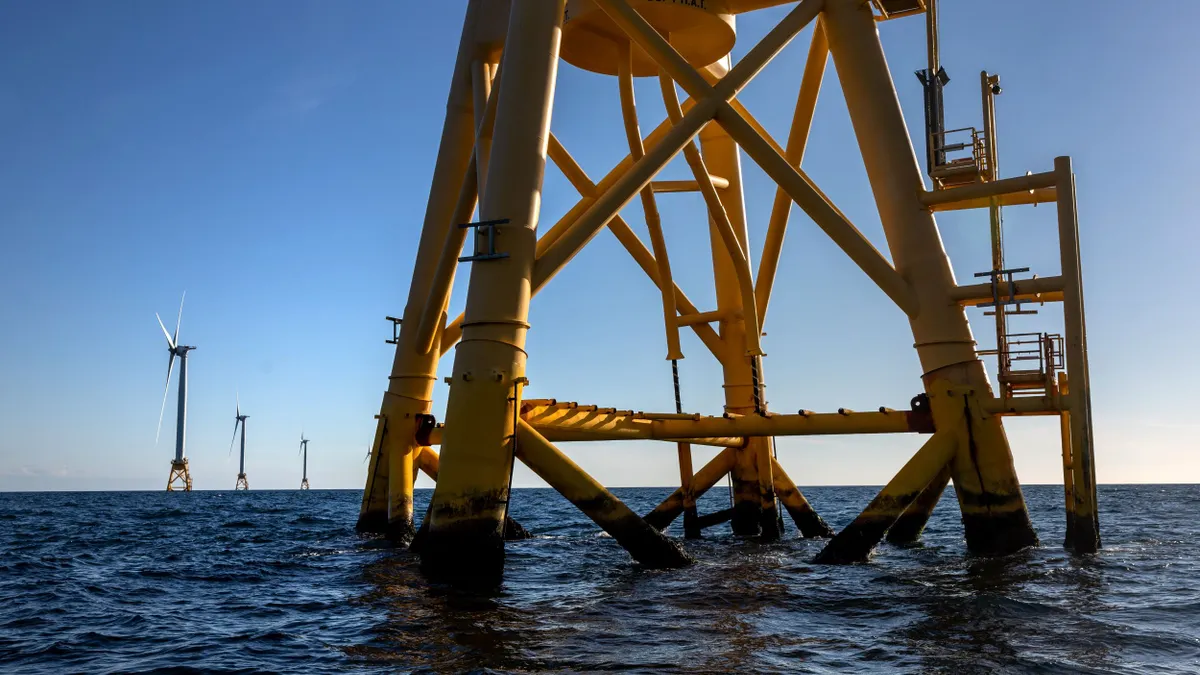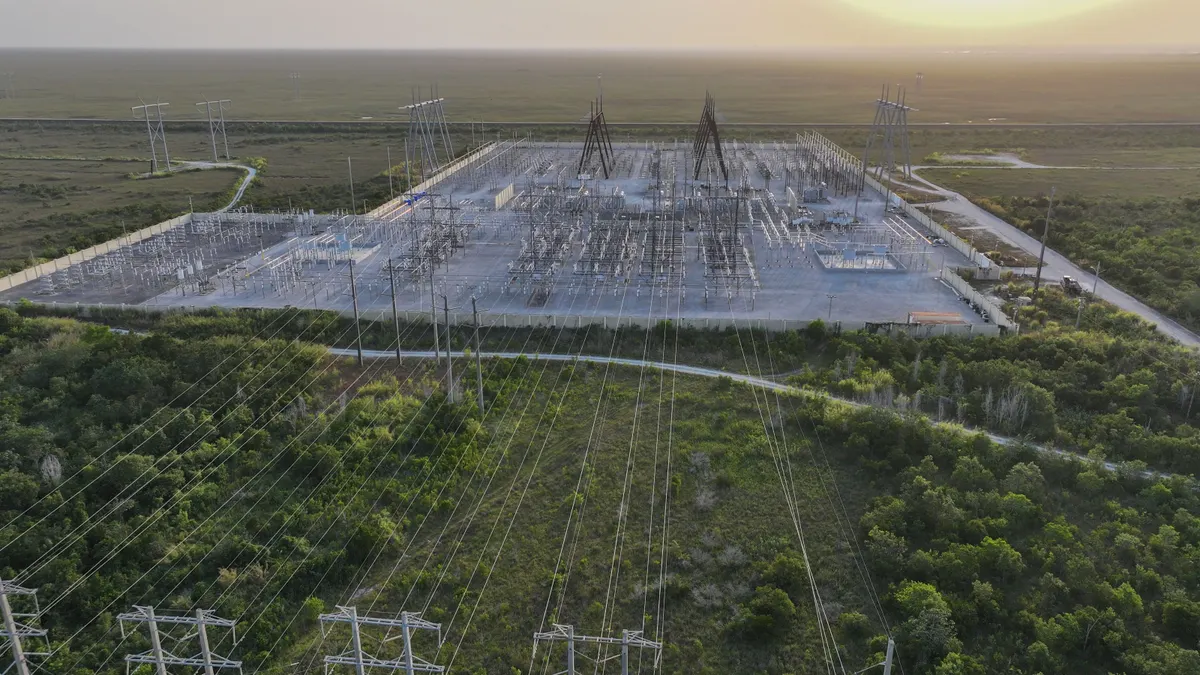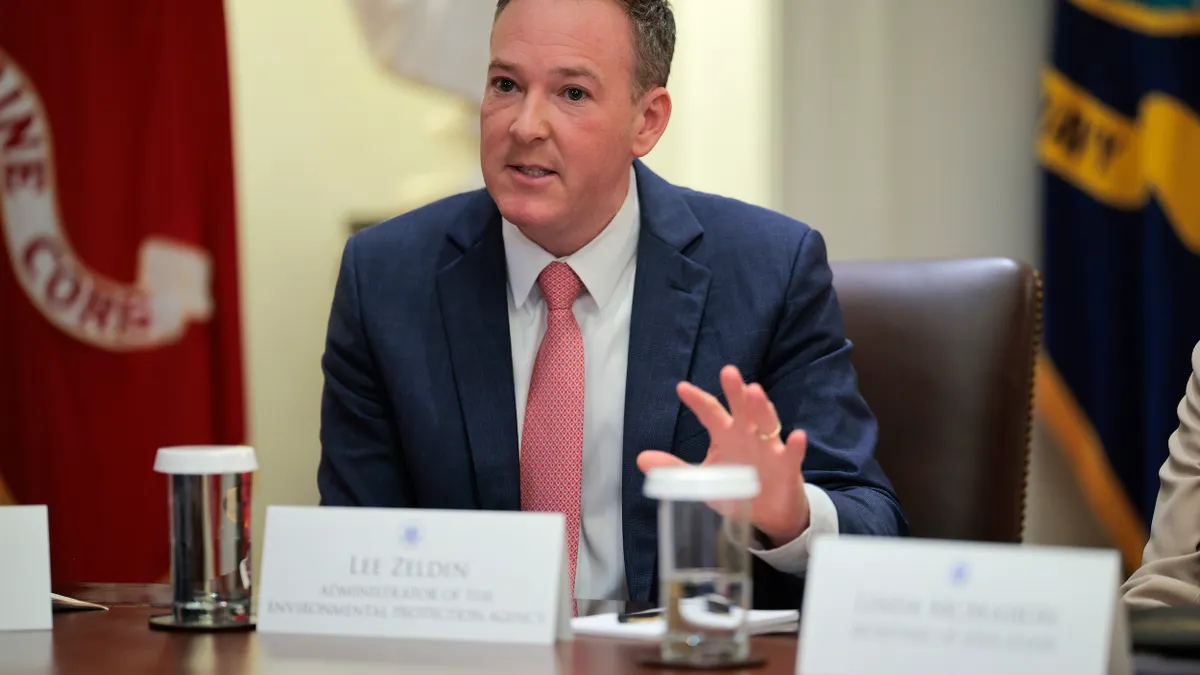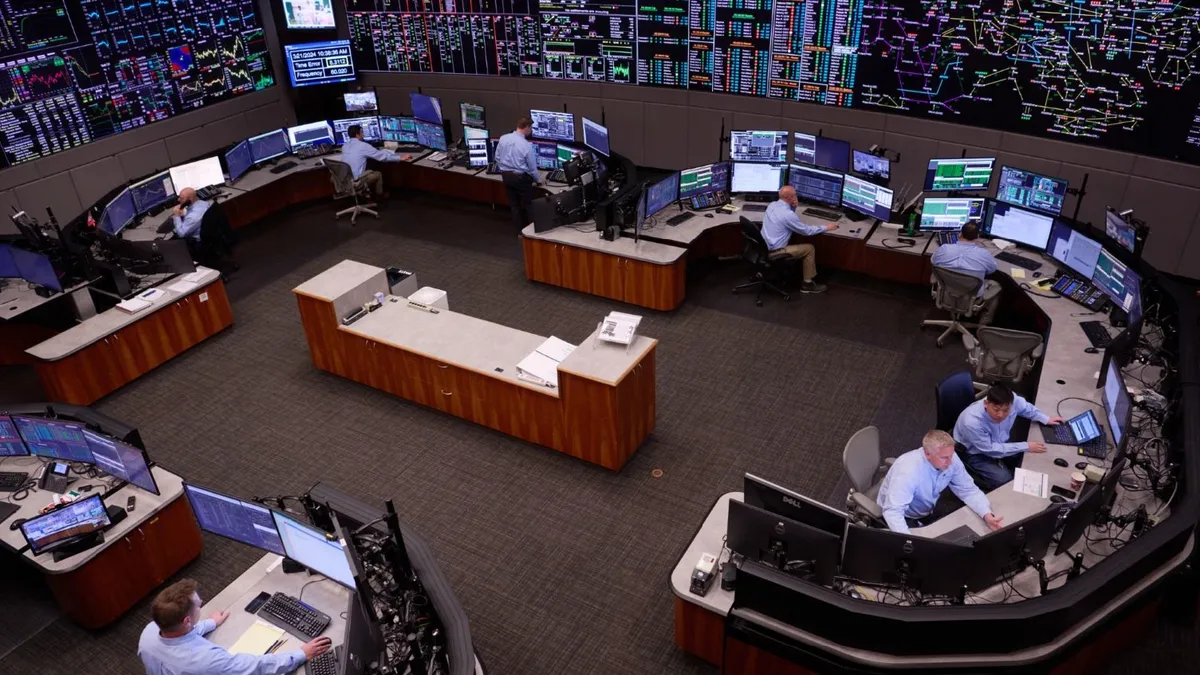The U.S. Department of the Treasury released guidance late Friday altering the criteria that most wind and solar projects must use to show they commenced construction before the deadline to qualify for the 45Y and 48E tax credits.
Previously, developers had to prove that 5% or more of the total cost of the project has been paid. Treasury’s new guidance stipulates that construction on wind and solar projects “begins when physical work of a significant nature begins,” whether the work is off-site or on-site.
“This test focuses on the nature of the work performed, not the amount or the cost,” said the guidance. “Provided that physical work performed is of a significant nature, there is no fixed minimum amount of work or monetary or percentage threshold required to satisfy the Physical Work Test.”
Solar facilities with a net output of less than 1.5 MW still qualify for the 5% cost threshold test. This test only requires project developers to prove that 5% or more of the total cost of the project has been paid so far.
The One Big Beautiful Bill Act phased out the 45Y clean energy production tax credit and 48E clean energy investment tax credit for wind and solar projects that are placed in service after 2027, but provided an exception for projects that commence construction by July 5, 2026, a year after the signing of the bill.
“For purposes of the beginning of construction deadline … in the OBBBA, a taxpayer may establish that construction has begun before July 5, 2026, by satisfying the Physical Work Test,” the guidance said. Except for the exception for low-output solar facilities, “the Physical Work Test described … in this notice is the sole method that a taxpayer may use.”
The treatment of wind and solar became a sticking point between the House and Senate as the bill was making its way through Congress. Several Republican senators sought to soften the cuts to wind and solar tax credit eligibility and offer a more gradual phaseout.
But immediately following passage of the bill, some conservative lawmakers said the president had secured their votes by promising to crack down on renewables by other means. Concerns over the pending Treasury guidance prompted Sens. Chuck Grassley, R-Iowa, and John Curtis, R-Utah, to place holds on new nominees to that agency.
Following the publication of the guidance Friday, Grassley put out a statement indicating he was satisfied with it, saying it offered a “viable path” for the wind and solar industries to meet increased energy demand.
“Renewables are an essential part of the ‘all of the above’ energy equation,” he said. “I’ll continue speaking with industry leaders to ensure those in Iowa and nationwide are afforded a smooth off-ramp, as Congress intended.”
Abigail Ross Hopper, president and CEO of the Solar Energy Industries Association, called the guidance part of an “unprecedented side deal” the administration made with “anti-clean energy ideologues” that would harm the solar industry and raise electricity prices.
In a Friday blog post, attorneys with law firm Norton Rose Fulbright said the “changes were not as bad as rumored,” but that the guidance “leaves uncertainty about how much work is required.”
“The financiers will have to decide where they feel comfortable drawing lines,” the attorneys said. “Many developers relied on physical work in the past to start construction, and the market was able to function … The new construction-start rules apply to wind and solar projects on which construction starts on or after September 2, giving developers a short window to try to tidy up any construction-start efforts they have currently underway.”
Law firm McGuireWoods said in a Friday blog post that the guidance is “a relief for the wind and solar industry, which was rightfully concerned with language” in Trump’s July 7 executive order that asked for “‘strict enforcement’ regarding the beginning of construction for wind and solar and [instructed] Treasury to issue rules that would not allow for a project to begin construction for tax purposes until a ‘significant portion of the facility is built.’”
“It appears the Treasury has given deference to the historical and plain meaning of the term beginning of construction,” McGuireWoods said. “The physical work test in the Notice appears to be identical to the test in the Pre-[Inflation Reduction Act] Notices.”
Other clean energy advocates criticized the changes.
Jeff Cramer, president and CEO of Coalition for Community Solar Access, said in a Friday statement that the guidance “effectively rewrites the law Congress passed under the One Big Beautiful Bill.”
“By narrowing the rules for what qualifies as having started construction, the administration has upended long-standing, bipartisan standards in a way never agreed to during the legislative process,” Cramer said.
Heather O’Neill, president and CEO of Advanced Energy United, said in a Friday statement that the “rules create new federal red tape.”
“They eliminate long-standing precedent for how companies demonstrate they’ve begun project development,” she said.



